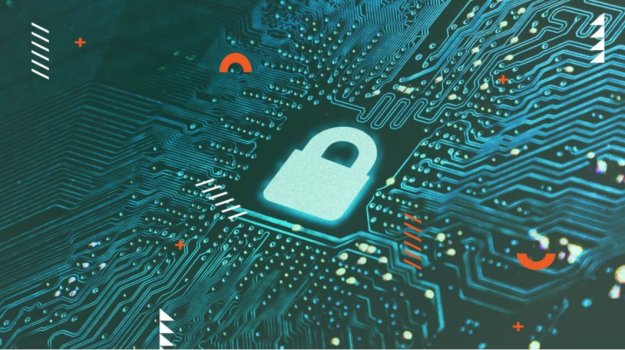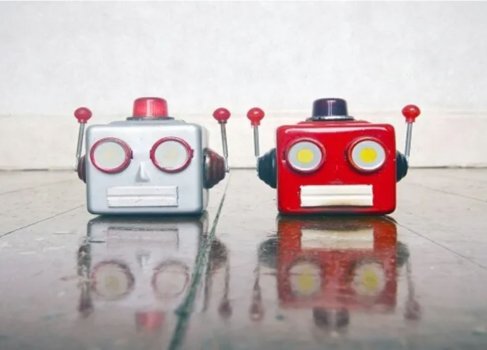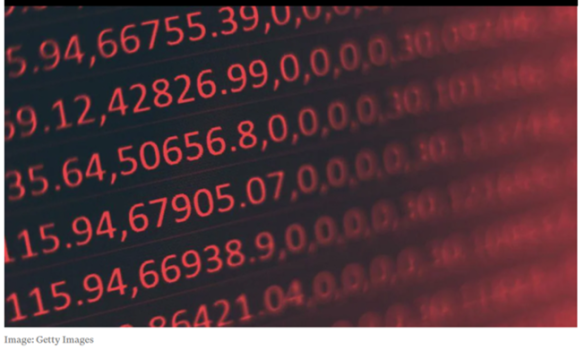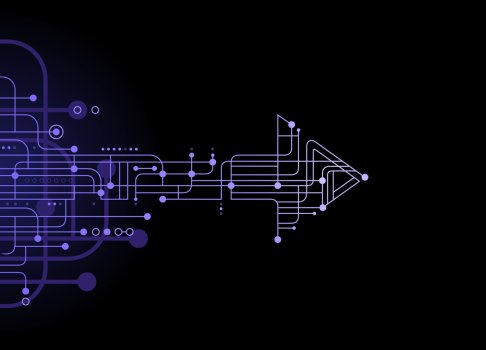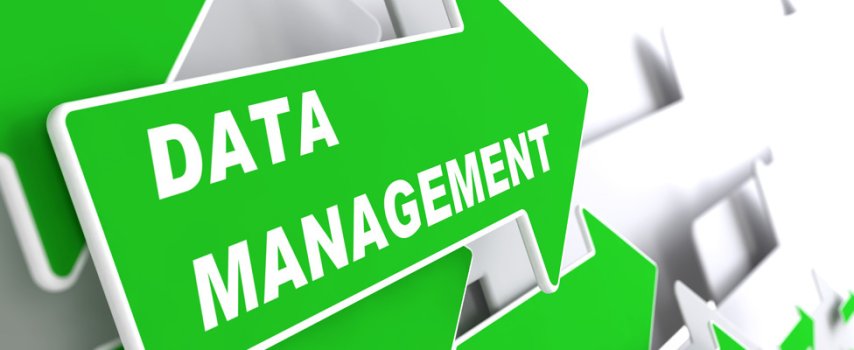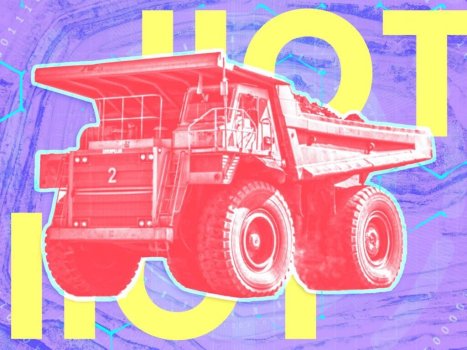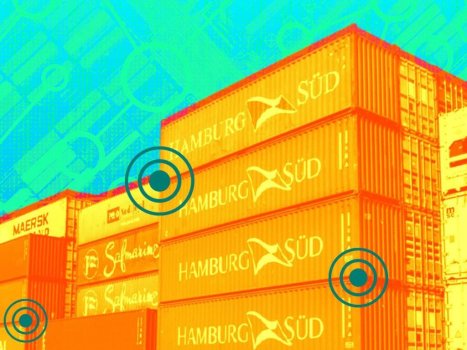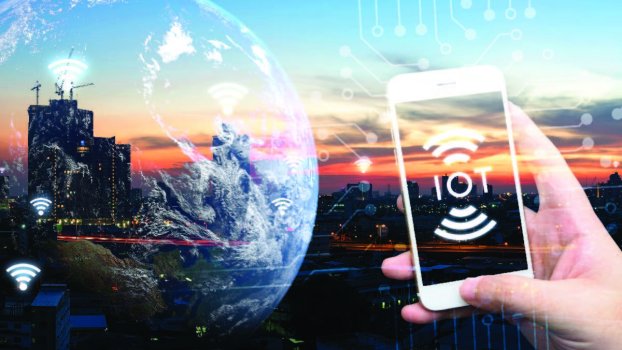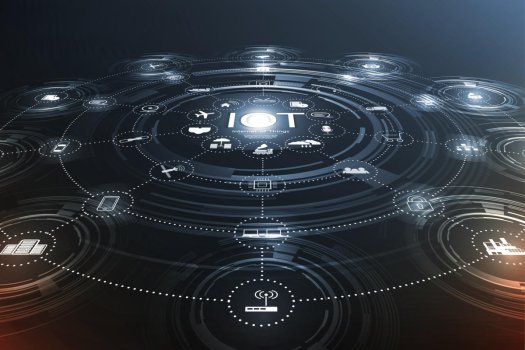How AI is changing the role of the digital marketer
- Technology Solutions
- 0 Replies
AI has the potential to change almost every industry, and digital marketing is no different. Tom Welbourne, founder and director at The Good Marketer, looks at the evolution of AI and what marketers can do about it.
Huge growth is predicted in the global AI market over the next few years, with its value reaching $190.61 billion by 2025.
With this in mind, let's take a look at the impact AI is having on the digital marketing industry.
What impact is AI having on digital marketing?
With so much data involved in the digital marketing industry, the impact that AI will have is huge. Common marketing tasks that involve data such as customer segmentation, campaign automation, and A/B testing will all feel its impact. AI will be able to carry out these tasks more efficiently than humans.
AI is also causing areas of marketing such as SEO, email marketing, lead generation, content marketing and predictive marketing to change. These changes will be disruptive, but as long as digital marketers stay aware and have an open mind, there's no reason to fear them.
Continue reading: https://www.thedrum.com/opinion/2022/02/16/how-ai-changing-the-role-the-digital-marketer
Huge growth is predicted in the global AI market over the next few years, with its value reaching $190.61 billion by 2025.
With this in mind, let's take a look at the impact AI is having on the digital marketing industry.
What impact is AI having on digital marketing?
With so much data involved in the digital marketing industry, the impact that AI will have is huge. Common marketing tasks that involve data such as customer segmentation, campaign automation, and A/B testing will all feel its impact. AI will be able to carry out these tasks more efficiently than humans.
AI is also causing areas of marketing such as SEO, email marketing, lead generation, content marketing and predictive marketing to change. These changes will be disruptive, but as long as digital marketers stay aware and have an open mind, there's no reason to fear them.
Continue reading: https://www.thedrum.com/opinion/2022/02/16/how-ai-changing-the-role-the-digital-marketer










